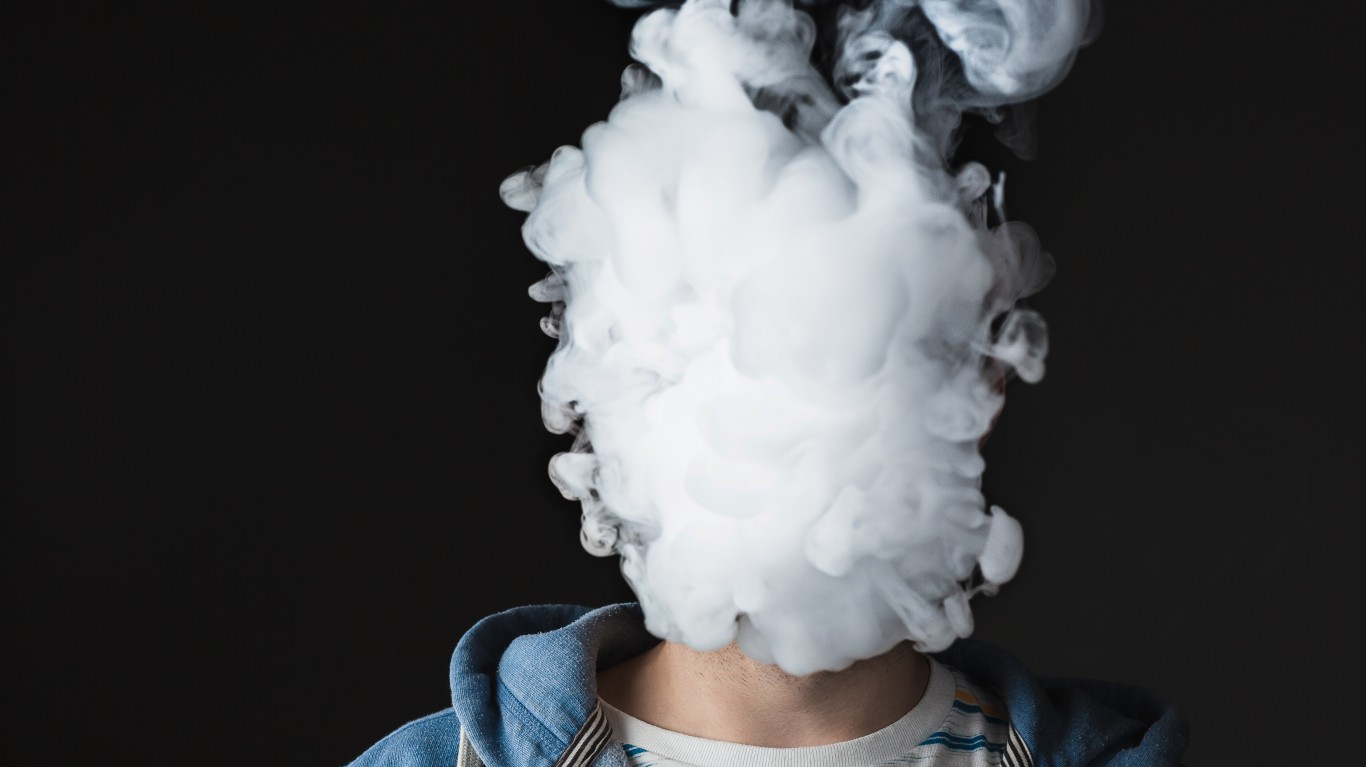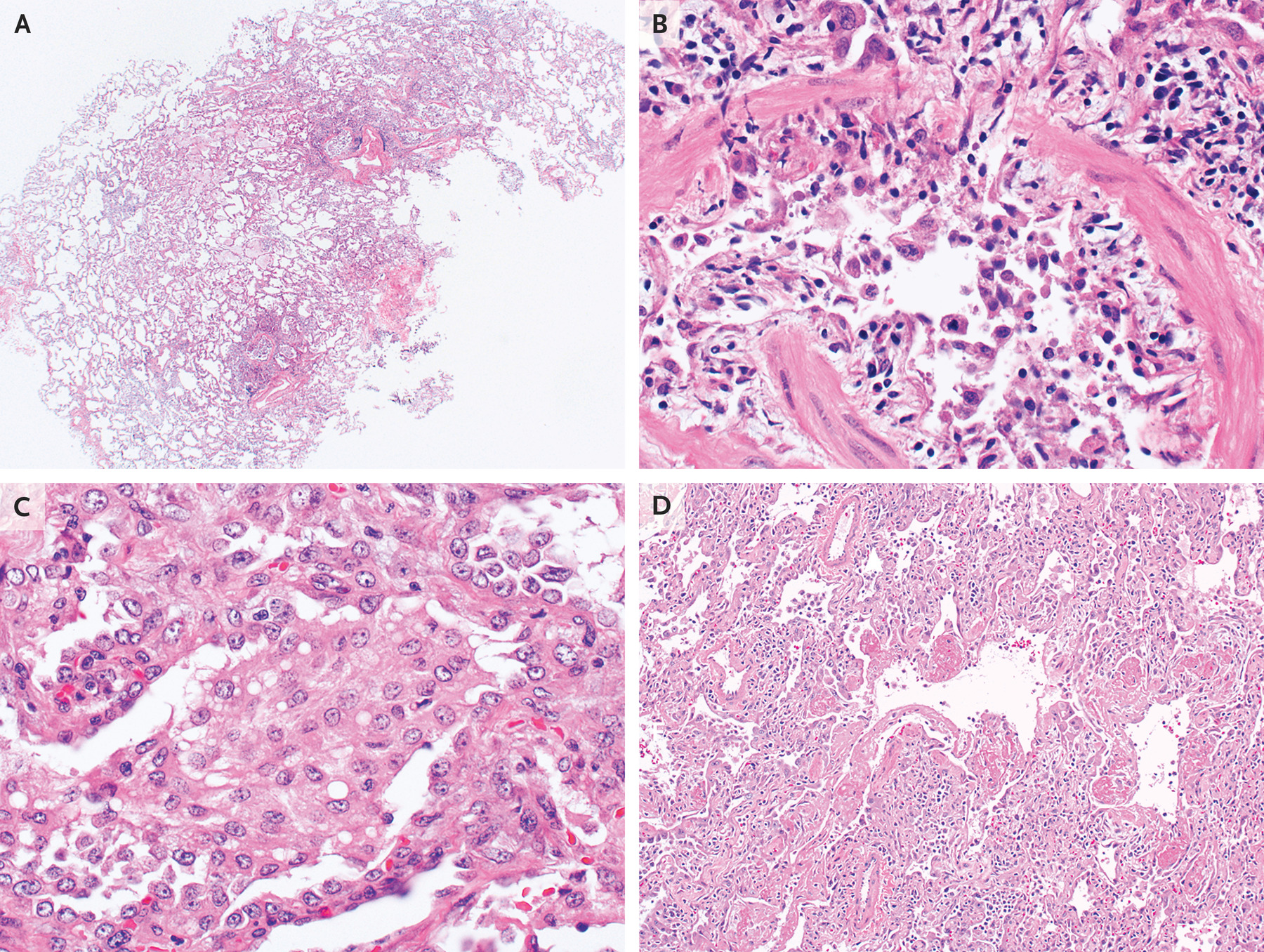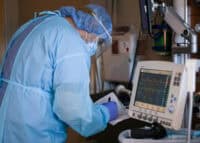
As of Wednesday, 17 deaths in the United States have been linked to a lung disease associated with the use of e-cigarettes. As of last week, the U.S. Centers for Disease Control and Prevention (CDC) had listed 805 confirmed and probable cases of lung injuries associated with vaping.
Also on Wednesday, a report co-authored by 14 physicians associated with the Mayo Clinic concluded that in lung biopsies on 17 patients, none of the cases showed evidence of lipoid pneumonia, a disease that some thought might result from the accumulation of vaping liquid inside a person’s lungs.
According to the new report on vaping-associated lung injury published in the New England Journal of Medicine, the researchers concluded that this type of injury “represents a form of airway-centered chemical pneumonitis from one or more inhaled toxic substances rather than exogenous lipoid pneumonia as such, but the agents responsible remain unknown.”
Most of the study’s 17 subjects were young adult men (average age 35, 76% men), none of which had a significant past medical history. Eleven of the subjects met CDC criteria for a confirmed diagnosis of vaping-related lung injury and the other six were diagnosed as probable cases. Two were vaping in an effort to quit smoking tobacco and 12 reported vaping THC, cannabis oils, cannabidiol (CBD) or other non-nicotine products. All had a history of vaping in the weeks and days before symptoms presented themselves.
Of the seven patients for whom treatment information was available, two died and the other five were either “improving or improved” at their last follow-up examinations. Four of the seven patients were diagnosed with airway-centered acute fibrinous pneumonitis or organizing pneumonia. Three (including the two who died) had acute and organizing diffuse alveolar damage.
Dr. Brandon Larsen, one of the study’s authors, told Bloomberg News, “The type of injury we see in the lung is not injury from oil accumulation. It is a kind of injury that appears to be a toxic chemical injury,” resembling injuries caused by inhaling toxic fumes or poison gas.
Larsen told The New York Times that the injuries to the patients resemble those in people exposed to mustard gas, a chemical weapon used in World War I. Mustard gas was used as recently as 2016 when the Islamic State fired a rocket containing the substance at U.S. soldiers at a military base near Mosul, Iraq.
The following photos from the New England Journal of Medicine illustrate the histopathology of acute lung injury associated with vaping. The journal includes this caption with the photo:
Most cases showed airway-centered acute lung injury (Panel A), often with severe bronchiolitis accompanied by marked mucosal edema, sloughing of bronchiolar epithelium, and peribronchiolar organization (Panel B). All cases showed accumulation of foamy or vacuolated macrophages in peribronchiolar airspaces with pneumocyte vacuolization (Panel C). Four cases showed severe injury, with diffuse alveolar damage and hyaline membranes (Panel D); two of these patients died.
100 Million Americans Are Missing This Crucial Retirement Tool
The thought of burdening your family with a financial disaster is most Americans’ nightmare. However, recent studies show that over 100 million Americans still don’t have proper life insurance in the event they pass away.
Life insurance can bring peace of mind – ensuring your loved ones are safeguarded against unforeseen expenses and debts. With premiums often lower than expected and a variety of plans tailored to different life stages and health conditions, securing a policy is more accessible than ever.
A quick, no-obligation quote can provide valuable insight into what’s available and what might best suit your family’s needs. Life insurance is a simple step you can take today to help secure peace of mind for your loved ones tomorrow.
Click here to learn how to get a quote in just a few minutes.
Thank you for reading! Have some feedback for us?
Contact the 24/7 Wall St. editorial team.

 24/7 Wall St.
24/7 Wall St.


